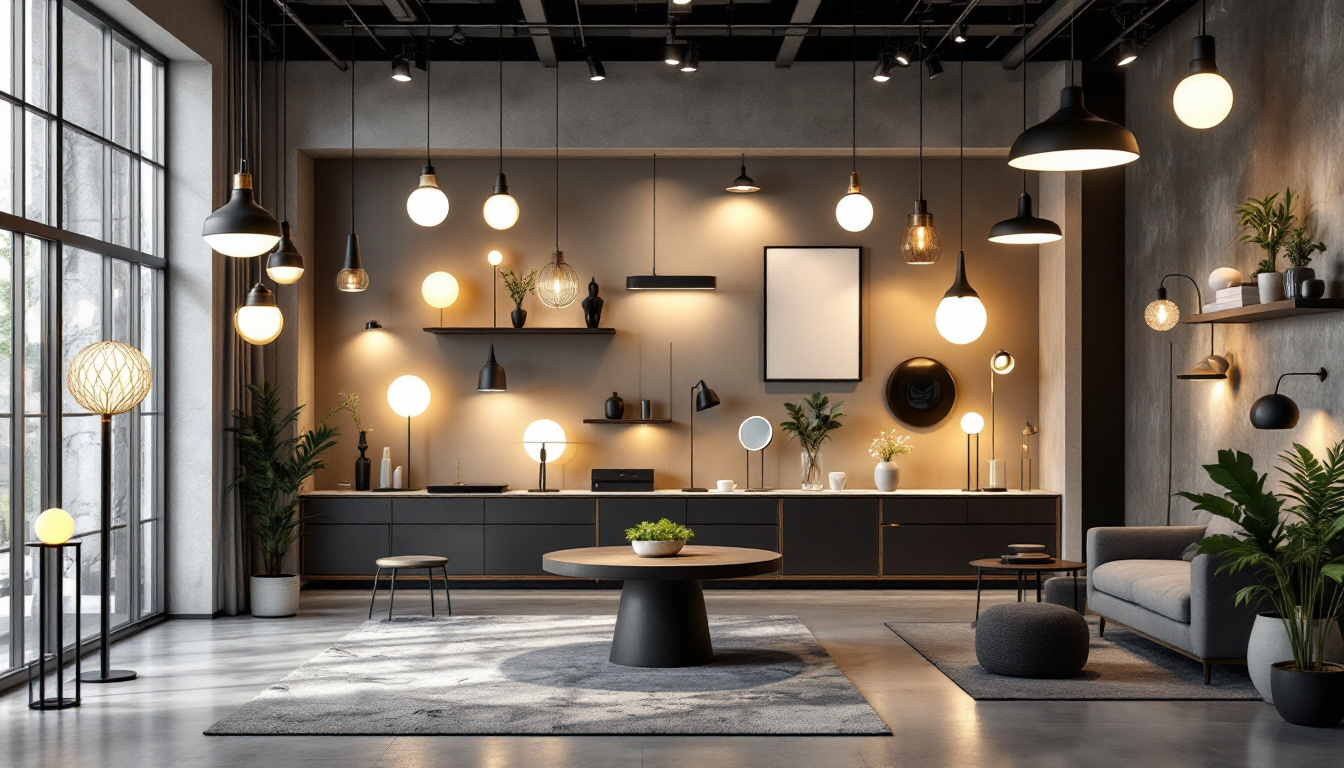
In the ever-evolving world of lighting design, LED strip lights have emerged as a popular choice for both residential and commercial applications. Their versatility, energy efficiency, and aesthetic appeal make them a go-to solution for many projects. However, while the benefits are numerous, there are also common pitfalls that lighting contractors must navigate to ensure successful installations. This guide aims to highlight these challenges and provide practical advice for avoiding them.
LED strip lights, also known as LED tape lights, are flexible circuit boards populated with light-emitting diodes (LEDs). They come in various lengths and can be cut to size, making them adaptable for a wide range of applications. Their low-profile design allows them to be installed in tight spaces, enhancing the overall aesthetic of a room or area. With advancements in technology, LED strip lights have become increasingly energy-efficient, providing a sustainable lighting option that can significantly reduce electricity costs over time.
Moreover, the versatility of LED strip lights extends beyond mere illumination. They can be used for accent lighting in homes, creating a cozy atmosphere in living rooms or highlighting architectural features. In commercial settings, they serve as effective signage or display lighting, drawing attention to products and enhancing customer experiences. The ease of installation, combined with the variety of colors and effects available, makes LED strip lights a popular choice for both DIY enthusiasts and professional designers alike.
There are several types of LED strip lights available, each designed for specific applications. Understanding these types is crucial for contractors when recommending products to clients.
When selecting LED strip lights, several features should be taken into account:
Another important aspect to consider is the adhesive backing on many LED strip lights, which facilitates easy installation on a variety of surfaces. However, the longevity and effectiveness of this adhesive can vary, so it’s wise to assess the environment where the strips will be installed. In areas with high humidity or temperature fluctuations, additional mounting options may be necessary to ensure durability. Furthermore, some LED strips come with waterproof coatings, making them suitable for outdoor use or in wet areas like bathrooms and kitchens, thereby expanding their versatility even further.
Lastly, the control options for LED strip lights have evolved significantly, with many now offering smart technology integration. This allows users to control their lighting through smartphone apps or voice commands, adding convenience and enhancing the user experience. Features such as dimming capabilities and programmable color changes can transform a simple lighting setup into a dynamic and interactive element of any space, making LED strip lights not just a functional choice, but also a creative one.
While LED strip lights offer many advantages, there are several common pitfalls that contractors should be aware of to avoid costly mistakes and ensure client satisfaction.
One of the most critical aspects of LED strip light installations is selecting the appropriate power supply. Using an inadequate power supply can lead to dim lighting, flickering, or even damage to the strips. It is essential to calculate the total wattage required for the installation and choose a power supply that can handle the load comfortably.
Additionally, contractors should consider the voltage drop that can occur over long runs of LED strips. If the distance from the power supply to the strip is too great, the voltage may drop, resulting in uneven brightness. To mitigate this, it may be necessary to use a thicker gauge wire or to run multiple power supplies for longer runs.
LEDs generate heat, and if not managed properly, this can lead to a reduction in lifespan and performance. It is vital to ensure that the LED strips are installed on a suitable surface that can dissipate heat effectively. This may involve using aluminum channels or heat sinks to help manage the temperature.
In addition, ensuring proper ventilation in enclosed spaces is crucial. If LED strips are installed in tight areas without airflow, they may overheat, leading to premature failure. Contractors should always consider the thermal management of their installations to enhance durability and performance.
Many LED strip lights come with an adhesive backing for easy installation. However, this adhesive may not always provide a secure bond, especially in areas with high humidity or varying temperatures. Contractors should ensure that the surface is clean and dry before applying the strips.
For added security, using mounting clips or additional adhesive can help prevent the strips from peeling away over time. This is particularly important in commercial settings where the lights may be exposed to more wear and tear.
To avoid pitfalls and ensure successful installations, contractors should follow these best practices when working with LED strip lights.
Before beginning any installation, conducting a thorough site assessment is essential. This includes evaluating the space, understanding the client’s needs, and determining the best locations for the LED strips. Factors such as existing lighting, wall colors, and furniture placement can all influence the effectiveness of the lighting design.
Additionally, contractors should consider the intended use of the space. For example, a kitchen may require brighter, task-oriented lighting, while a living room may benefit from softer, ambient lighting. Tailoring the installation to the specific needs of the client will enhance satisfaction and overall effectiveness.
Investing in high-quality LED strip lights and accessories is crucial for ensuring longevity and performance. Cheaper products may save money upfront but can lead to issues such as color inconsistency, flickering, or premature failure. Contractors should source their materials from reputable suppliers and consider the long-term benefits of quality products.
Additionally, staying informed about the latest advancements in LED technology can help contractors provide the best solutions for their clients. Newer products may offer improved efficiency, better color rendering, and longer lifespans, ultimately enhancing the overall installation.
Once the installation is complete, providing clients with clear instructions on how to operate and maintain their LED strip lights is essential. This includes guidance on dimming options, color-changing features, and troubleshooting common issues.
Educating clients about the importance of regular maintenance, such as cleaning the strips and ensuring proper ventilation, can also help extend the lifespan of the installation. A well-informed client is more likely to appreciate the value of the investment and maintain the system effectively.
LED strip lights are not just limited to traditional applications; they can be used creatively to enhance various spaces. Understanding innovative uses can help contractors expand their offerings and provide unique solutions to clients.
LED strip lights can be used to highlight architectural features, such as coves, arches, or staircases. By strategically placing strips in these areas, contractors can create dramatic effects that enhance the overall design of a space.
For instance, installing LED strips in a cove ceiling can create a soft glow that adds depth and interest to the room. This technique can be particularly effective in commercial settings, where creating an inviting atmosphere is crucial for attracting customers.
LED strip lights are also suitable for outdoor applications, providing flexible lighting solutions for patios, decks, and garden pathways. Their weather-resistant options make them ideal for illuminating outdoor spaces, enhancing safety and aesthetics.
When installing outdoor strip lights, it is essential to consider factors such as moisture exposure and temperature fluctuations. Using products specifically designed for outdoor use will ensure durability and performance in varying conditions.
As smart home technology continues to gain popularity, integrating LED strip lights into smart systems can provide added convenience and functionality. Many LED strips are compatible with smart home devices, allowing clients to control their lighting through mobile apps or voice commands.
Contractors should stay informed about the latest smart home technologies and offer integration options to clients. This not only enhances the functionality of the lighting system but also provides clients with a modern, tech-savvy solution that can be easily customized.
LED strip lights offer a wealth of opportunities for lighting contractors, but navigating the potential pitfalls is essential for successful installations. By understanding the various types of LED strips, avoiding common mistakes, and following best practices, contractors can deliver high-quality lighting solutions that meet the needs of their clients.
With careful planning, innovative applications, and a commitment to quality, lighting contractors can harness the full potential of LED strip lights, ensuring satisfaction and longevity in their projects. As the demand for energy-efficient and aesthetically pleasing lighting continues to grow, staying informed and adaptable will be key to thriving in this competitive industry.
Ready to elevate your lighting projects with the highest quality LED strip lights on the market? Look no further than LumenWholesale. We provide contractors with spec-grade lighting solutions at unbeatable wholesale prices, ensuring you can deliver exceptional results to your clients without breaking the bank. Say goodbye to local distributor markups and hello to a vast selection of reliable, high-performance lighting. Plus, with free shipping on bulk orders, you can stock up on premium lighting effortlessly and affordably. Don’t compromise on quality or value—choose LumenWholesale for all your lighting needs. Wholesale Lighting at the Best Value.

Discover how to enhance your lighting setup with T5 lighting fixtures.

Discover how lighting contractors can elevate their projects and increase profitability by integrating solar outdoor lights.

Explore the transformative journey of the lighting industry with “Light Direct: The Evolution in the Lighting Industry.” Discover innovative technologies, sustainable practices, and future trends reshaping how we illuminate our world..

Illuminate your projects with confidence! Discover expert advice on the top 10 V LED bulbs tailored for lighting contractors.